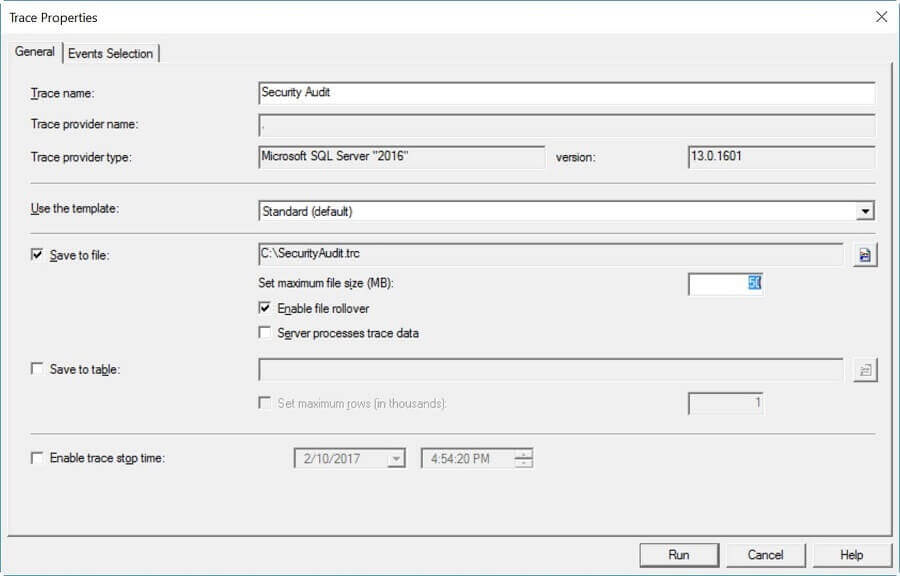
#Tab sql scratchpad how to#
About how to get your own username and password to the Teradata interface. So to learn how to use SQL Scratchpad within Teradata Viewpoint, I want you to follow the instructions with the materials or that are described in the materials in the course website. That's the part that allows us to write and execute SQL queries. The part we are going to use is called SQL Scratchpad. The Teradata Viewpoint actually has many capabilities that we aren't going to use in this course at all. The overall interface we're going to use is called, Teradata Viewpoint. In this video I'm going to show you how to use the interface we are going to use in this course to interact and analyze our Dillards dataset, which is kept in a Teradata database. I hope you really enjoyed the Jupyter MySQL exercises, and are starting to feel very comfortable with the SQL syntax we are learning this week. At the end of the week, you will test your understanding of the SQL syntax introduced this week by completing the Week 2 graded quiz.To get started, please begin with the video “Introduction to Week 2.” As always, if you have any questions, post them to the Discussions. Format the data you retrieve using aliases, DISTINCT clauses, and ORDER BY clauses.Make sure to watch the instructional videos about how to use the database interfaces we have established for this course, and complete both the MySQL and the Teradata exercises. Retrieve data that meet specific criteria in a socially-responsible using SELECT, FROM, WHERE, LIMIT, and TOP clauses, and4.



Write queries to verify and describe all the contents of the Dognition MySQL database and the Dillard’s Teradata database3. Use two different database user interfaces2. By the end of the week, you will be able to:1. The other data set, donated from a national US department store chain called Dillard’s, is a Teradata database containing tables with over a hundred million rows. One data set, donated from a local start-up in Durham, North Carolina called Dognition, is a MySQL database containing tables of over 1 million rows. You will write SQL queries that query data from two real companies. Welcome to week 2! This week, you will start interacting with business databases. Analysts that understand how to access this data – this means you! – will have a strong competitive advantage in this data-smitten business world. Businesses are collecting increasing amounts of information with the hope that data will yield novel insights into how to improve businesses.

No more waiting 48 hours for someone else in the company to provide data to you – you will be able to get the data by yourself!īy the end of this course, you will have a clear understanding of how relational databases work, and have a portfolio of queries you can show potential employers. You will also learn how to execute the most useful query and table aggregation statements for business analysts, and practice using them with real databases. This knowledge will help you understand how data needs to be collected in business contexts, and help you identify features you want to consider if you are involved in implementing new data collection efforts. You will learn how relational databases work, and how to use entity-relationship diagrams to display the structure of the data held within them. This course is an introduction to how to use relational databases in business analysis.


 0 kommentar(er)
0 kommentar(er)
